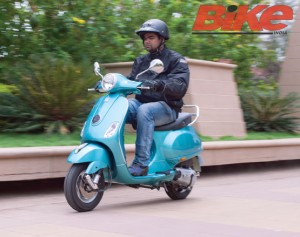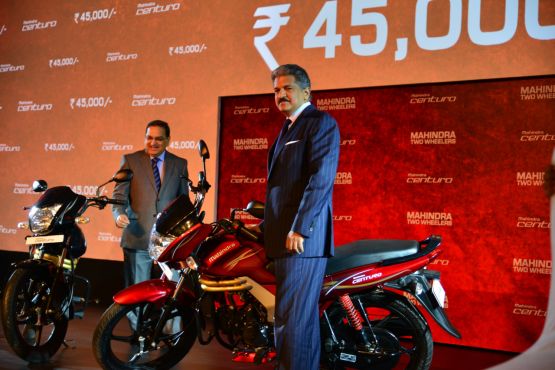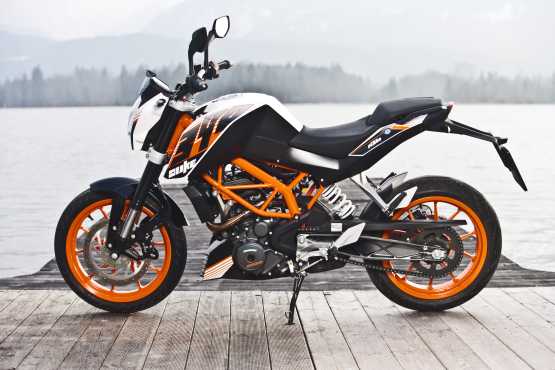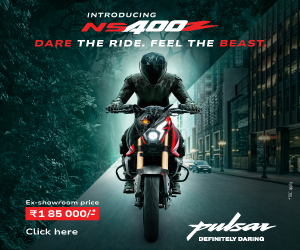
Piaggio India have launched a premium variant of the iconic Vespa, a scooter that has become hugely popular in the Indian market for its timeless styling and its performance as well. The new Vespa VX has been brought in within a year of the first scooter’s launch, as there were areas which could be improved upon and the company was quick to take action.
So, the new Vespa VX now features a front disc brake, tubeless tyres and revised styling details – a silver-finish speedo cluster, ‘VX’ badging on the left rear panel and a more substantial grab-rail. The company has also added two new colours to the palette: Portovenere Verde (Metallic Green) and Vibrante Rosa (Pearl-effect Pink/Red). These colours replace the earlier black and maroon options for the VX. There’s also a new beige-coloured seat option, which is offered as standard for the red- and dark blue-coloured models.

Take the new Vespa VX for a spin and straight away the elevated levels of handling, braking and grip become evident. The 200-mm front disc is the most important addition, decreasing braking distance and providing a more sure-footed feel. Another big change is the tyres. While the old MRF Nylogrips were in tune with the retro image, their performance was not too confidence-inspiring. The new MRF Zappers are of the tubeless variety and also offer superior grip. In our 60-0 km/h brake test, the new Vespa VX came to a halt in just 2.93 seconds over a distance of 22.46 metres. That’s quite an improvement over the standard Vespa, which, with its drum brakes, took 3.09 seconds and 25.51 metres respectively to do so.
The standard Vespa LX 125 will continue to be sold alongside the Vespa VX. Piaggio India are offering the VX with a premium price tag of Rs 71,700 (ex-showroom, Delhi) keeping to their lifestyle product positioning strategy.




